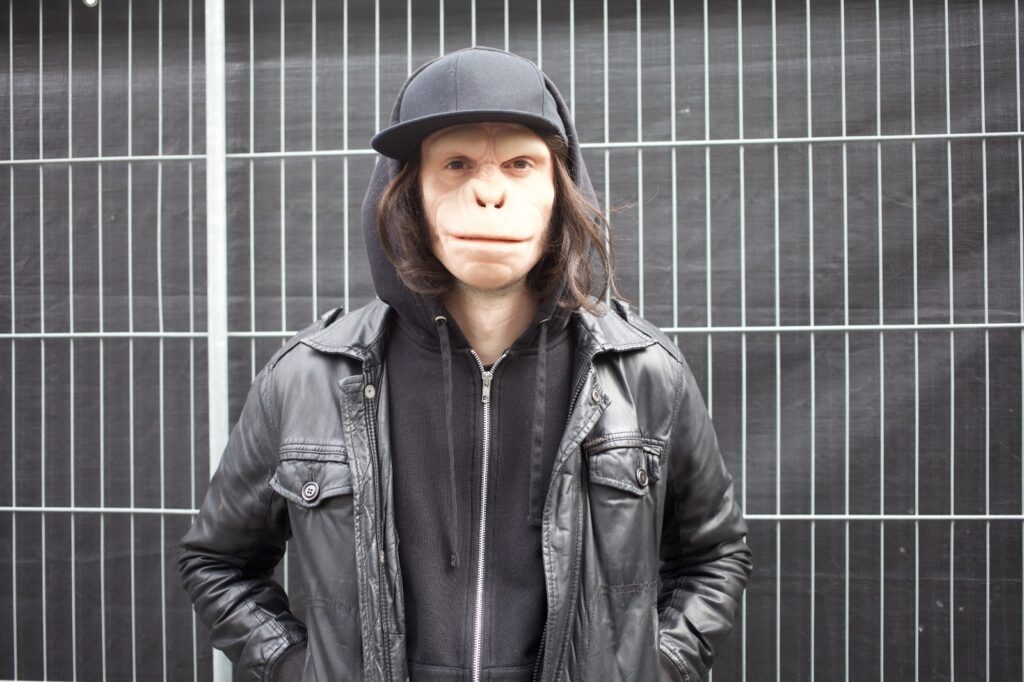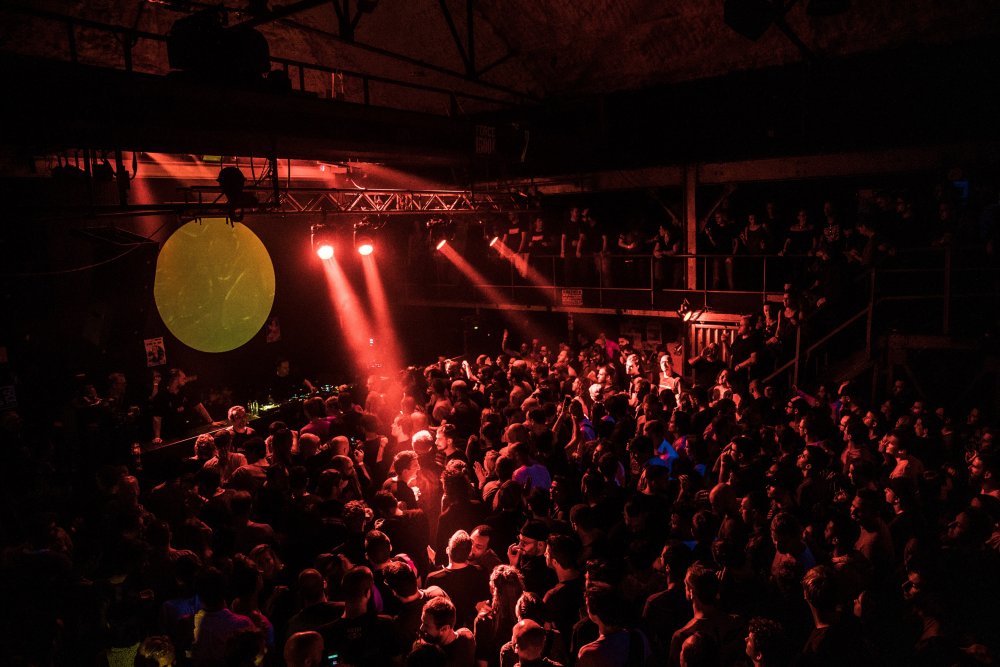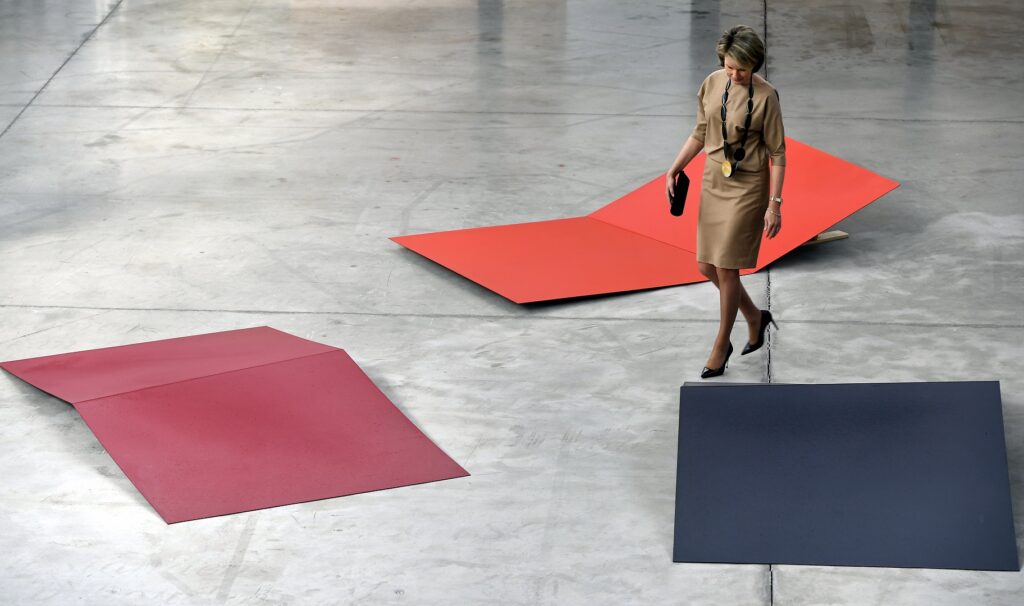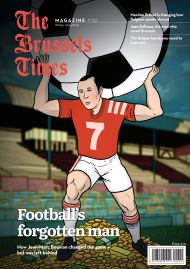The ugliest city in the world: that was how Charleroi was seen just a decade-and-a-half ago. Fellow Belgians had long derided the city, but its reputation then crossed the border. A 2008 poll in the Dutch newspaper De Volkskrant named Charleroi the ugliest city in the world, while The Daily Telegraph in the UK wrote about “Charleroi: the most depressing city in Europe”.
The reasons for Charleroi’s grim character are well-known: once a rich industrial powerhouse, it fell into industrial decline in the 1970s when its coal and steel industries collapsed. Factories were abandoned and unemployment soared, as did crime. A string of political scandals didn’t help either.
The brickbats stung the locals, known as Carolos. However, it also spurred them to make the most of their unwanted status.
One of them is the artist Nicolas Buissart, who set up a whimsical and provocative urban safari among slag heaps, deserted metro stations and derelict factories. Many urban exploration – or urbex – enthusiasts flocked to the city to discover the post-industrial paradise, with the giant cooling tower of a former power station as one of the major attractions.
The fact that Charleroi became the object of derision also inspired the popular electropop DJ, composer and comics artist Kid Noize – also known for hiding his face behind a monkey mask – to stand up for his adopted hometown.
While Charleroi had long suffered from a brain drain to Brussels, Kid Noize moved in the opposite direction, settling in the Walloon city. “I found here the physical and cultural space and freedom I needed to develop myself further as an artist,” he says. “Charleroi possesses a free artistic spirit that inspires. I also see a lot of beauty here, but you do have to take time to perceive it.”

Kid Noize
Kid Noize professes his love for Charleroi abundantly in his work. He based his first comic album in Charleroi, and the clip of his song Elektropical, which portrays a diverse group of Carolos, starts with the explicit call to action to build “The New Charleroi”.
Jazz singer and composer Mélanie De Biasio followed his cue. Originally from Charleroi, De Biasio spent years in Brussels before returning a few years ago to found the L’Alba project in a house that previously hosted the Italian Consulate. L’Alba offers artist residences and sets up performances, exhibitions and other cultural events.
Antoine Struelens, the co-founder of ride service system Safe Bike Home, was similarly persuaded to quit the capital and renovate an Art Nouveau building in central Charleroi. He also set up the ChARTleroi project there, to develop a cultural centre and B&B.
Well before these efforts, in 2005, a collective of local artists, Têtes de l'Art, had founded what is now one of the city’s main cultural attractions, the alternative music temple Rockerill. It is based in a steel factory built in 1832, which closed in the 1980s and was threatened with demolition around 2000 before artists stepped in. Now an emblematic concert venue, it also showcases quirky art and décor from its industrial past. French DJ and producer Laurent Garnier is one of its biggest fans, playing there regularly. It also hosts exhibitions, and workshops, and has its own record label, Rockerill Records.

Concert at Rockerill
Likewise, the art museum BPS22 began as a creative space in an old industrial glass and steel plant built in 1911 and became the Hainaut Province's art museum in 2015. Like Rockerill, it kept its industrial character - and grew a punky attitude. And it mixes genres: museum founder director Pierre-Olivier Rollin recently invited skaters to take over the main hall, to complement the work of the French sculptor Raphaël Zarka.
A home for fine arts
These initiatives have benefitted from a political push, which includes subsidies for investors, with current mayor Paul Magnette making cultural development a priority of his broader plan to revitalise the city launched almost a decade ago.

Queen Mathilde visits an exhibition at BPS22
One outcome is the new Musée des Beaux-Arts (Museum of Fine Arts), which opened its doors at the end of last year next to the striking Jean Nouvel-designed Tour Bleue police station. After decades of being hosted at the city hall and the Charleroi Palais des Beaux-Arts (Palace of Fine Arts), the city’s rich art collection – amounting to more than 4,000 works – now has its own home in a luminous and stylish building on the site of the former Defeld stables, where the horses of the local police used to be housed.
The museum’s permanent exhibition includes works by Anna Boch, James Ensor, Félicien Rops, François-Joseph Navez and Johan Muyle – the latter two being local heroes. Surrealist icon René Magritte, who spent much of his youth and met his future wife in the Charleroi region, is also very present. The current set-up has a particular focus on women, with images of women working in the local industry of the 19th century and a series of paintings by Charleroi surrealist Gilberte Dumon.
A recent exhibition celebrating the centenary of the Charleroi-based Dupuis publishing house – where cartoon heroes like Spirou, the Smurfs, Lucky Luke, Gaston Lagaffe and Largo Winch were conceived – offered a foretaste of a planned Comic Strip Museum, set to open in 2026 in the Palais des Beaux-Arts.
Culture is not the only driver for Charleroi’s reinvention: there are building sites across the city, testimony to its efforts to turn itself around. They include the construction of the Charleroi Creative District (Charleroi DC) in the northwest, an urban initiative with a large-scale campus for various forms of education, training and research. Backed by €142 million of European Union money, it links the Palais des Beaux-Arts and the 60,000 square metre Palais des Expositions (Palace of Exhibitions) and gives the site of the Université du Travail new life.
All this is part of the bigger plans to give the city a creative-driven makeover. It might not have turned into a swan just yet, but Charleroi is no longer an ugly duckling.
Five more agents of Charleroi’s cultural revival:
- Photography Museum: Europe’s largest photography museum, set in a Carmelite convent, has more than 1,000 images on show – a fraction of its 100,000 photographs and 1.5 million negatives – and a huge selection of cameras.
- Eden: Cultural centre offering accessible cultural events, and co-organiser of la Grande Dérive (previously the Boucle Noir), a walking trail full of artistic interventions.
- L’Ancre: Theatre that received a ‘royal’ title in 2017, as it then celebrated its 50th birthday. Has the social mission to show visitors what is going on in the world in an easily digestible manner. Its current, old, buildings are set to be destroyed next year to make space for a much larger, state-of-the-art theatre building that should be ready by 2026.
- Le Vecteur: Organisation that offers artist residences, after which the art of the artist is exhibited. It also has a library and hosts all kinds of workshops and events, of which the biggest is the literary festival Livresse, taking place at the beginning of November.
- Quai10: Cultural space founded in 2017, it houses a large cinema and unique gaming space with independent video games which are also used for pedagogical purposes. The top floor is taken up by the creative studio Dirty Monitor, a pioneer in the design and production of content for video mapping and other audio-visual productions.


